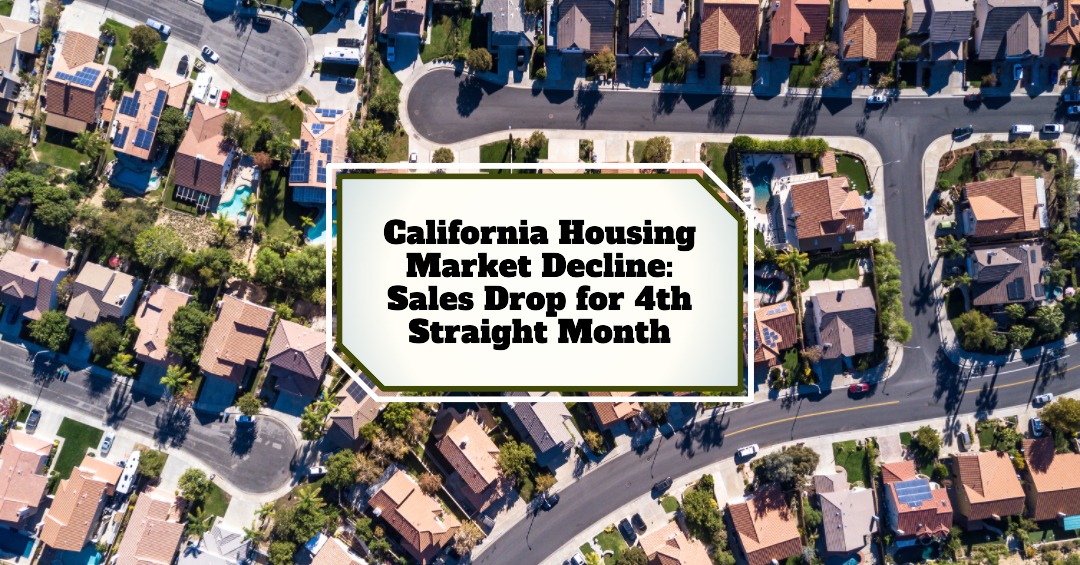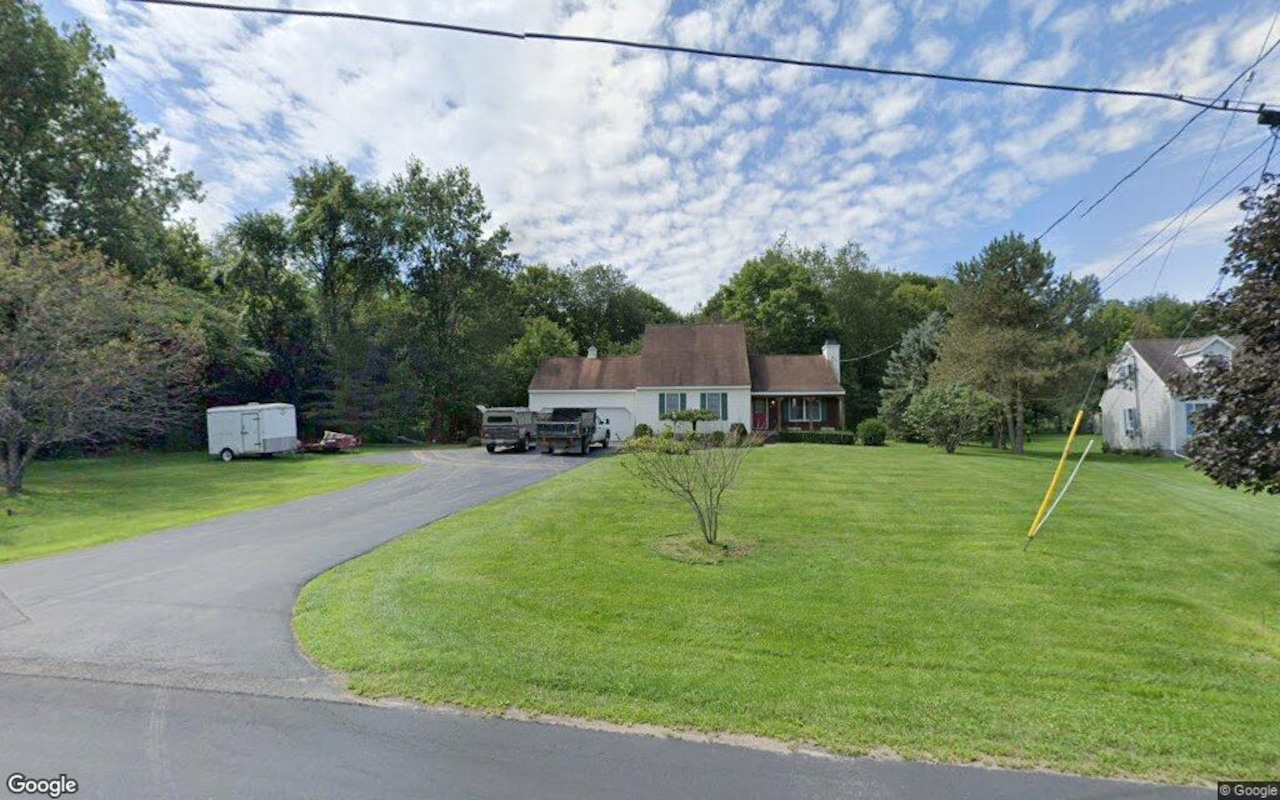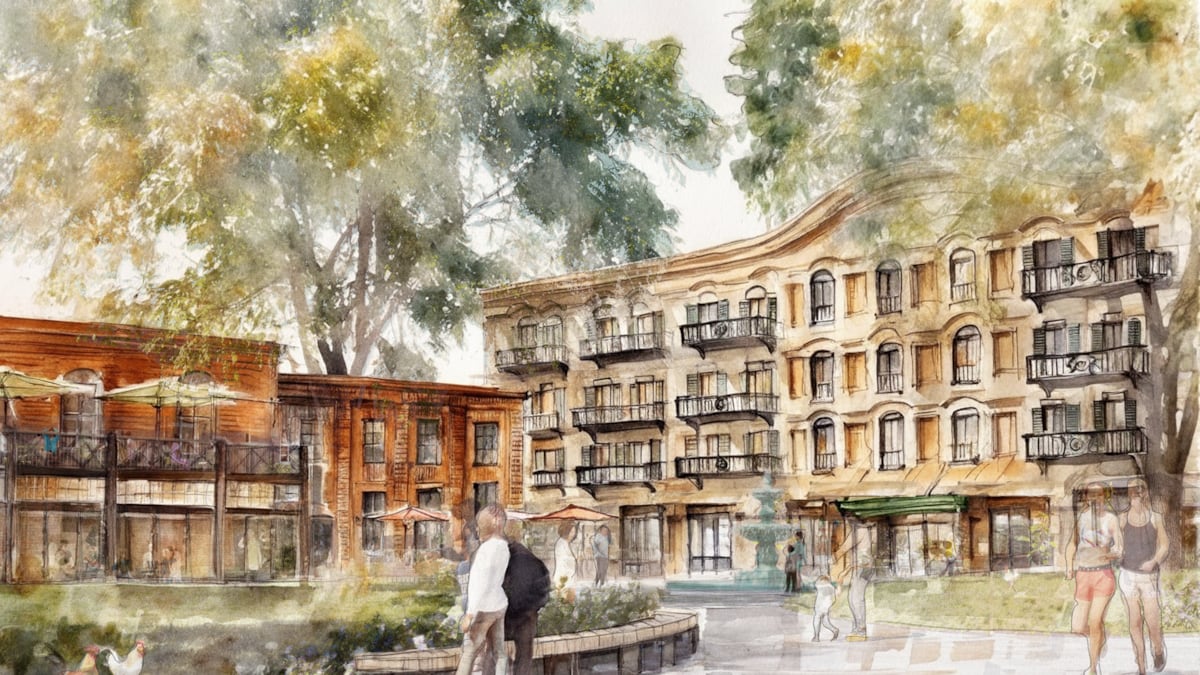T
he California housing market is experiencing a slowdown, with home sales dipping below last year's figures for the fourth consecutive month. This trend is primarily driven by persistently high mortgage rates and economic uncertainty, resulting in fewer homes changing hands compared to the same period last year.
According to the California Association of REALTORS (C.A.R.), existing single-family home sales in July dropped 4.1 percent compared to July 2024, settling at a seasonally adjusted annualized rate of 261,820 homes. This is the fourth consecutive month of year-over-year sales declines, pushing the year-to-date sales into negative territory.
Mortgage rates and economic uncertainty are major contributors to this slowdown. Even though mortgage rates have dipped to their lowest point since last October, averaging 6.72 percent in July, they still remain a significant hurdle for many potential buyers. The monthly payment difference compared to lower rates seen a couple of years ago effectively prices some buyers out of the market or forces them to look at smaller, less expensive homes.
Economic uncertainty also plays a huge role, with people being more cautious with big financial decisions like buying a house when they're worried about their jobs, inflation, or the general direction of the economy. This caution translates into fewer people actively searching for homes and making offers.
Home prices haven't taken a nosedive, despite lower sales volume. The statewide median home price in July was $884,050, a slight decrease of 0.3 percent from July 2024. However, this is often a sign of a market that's rebalancing rather than crashing, as sellers might need to adjust their expectations.
Regional pockets of activity show that California's housing market is diverse and varied. The Far North saw a modest 4.8 percent increase in sales compared to last year, while the San Francisco Bay Area faced the largest regional decline, with sales falling by 4.1 percent.
Inventory levels are also increasing, with unsold inventory reaching a 3.7-month supply in July, up from 2.9 months in July 2024. This gives buyers more negotiating power and can put downward pressure on prices. The median number of days it took to sell a California single-family home was 28 days in July, up from just 20 days in July 2024.
The sales-to-list-price ratio also confirms this shift, with homes selling slightly below their asking price at an average of 98.5 percent in July 2025, down from a perfect 100 percent in July 2024. This departure from the bidding wars seen previously suggests a more moderate market.
For buyers, this period could present opportunities, with homes staying on the market longer and less intense competition allowing for more room for negotiation. However, it's essential to be well-prepared and understand local market dynamics. For sellers, patience and realistic pricing are key, as a well-priced and well-presented home can still attract strong interest.
The California housing market is always evolving, with regional variations and subtle shifts pointing towards a market finding a new equilibrium. Keeping an eye on mortgage rates, economic indicators, and local inventory levels will be crucial for anyone involved in buying or selling property in the Golden State.














